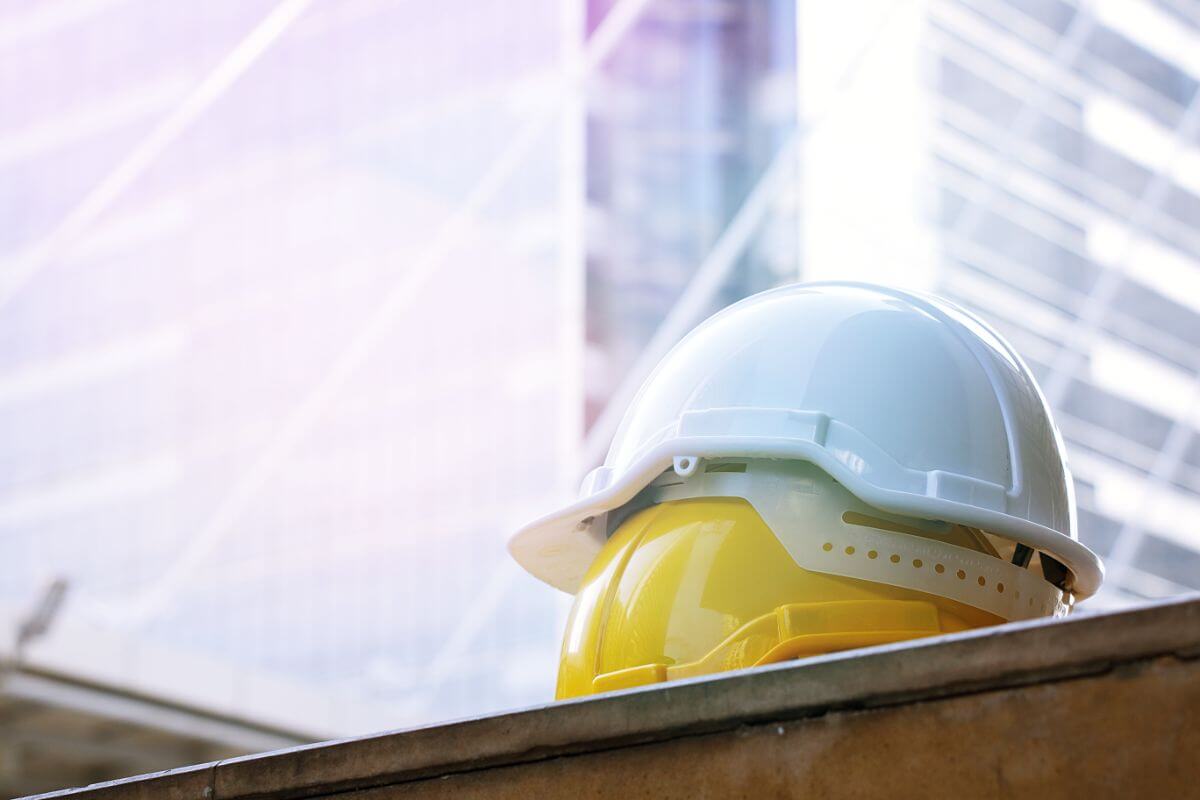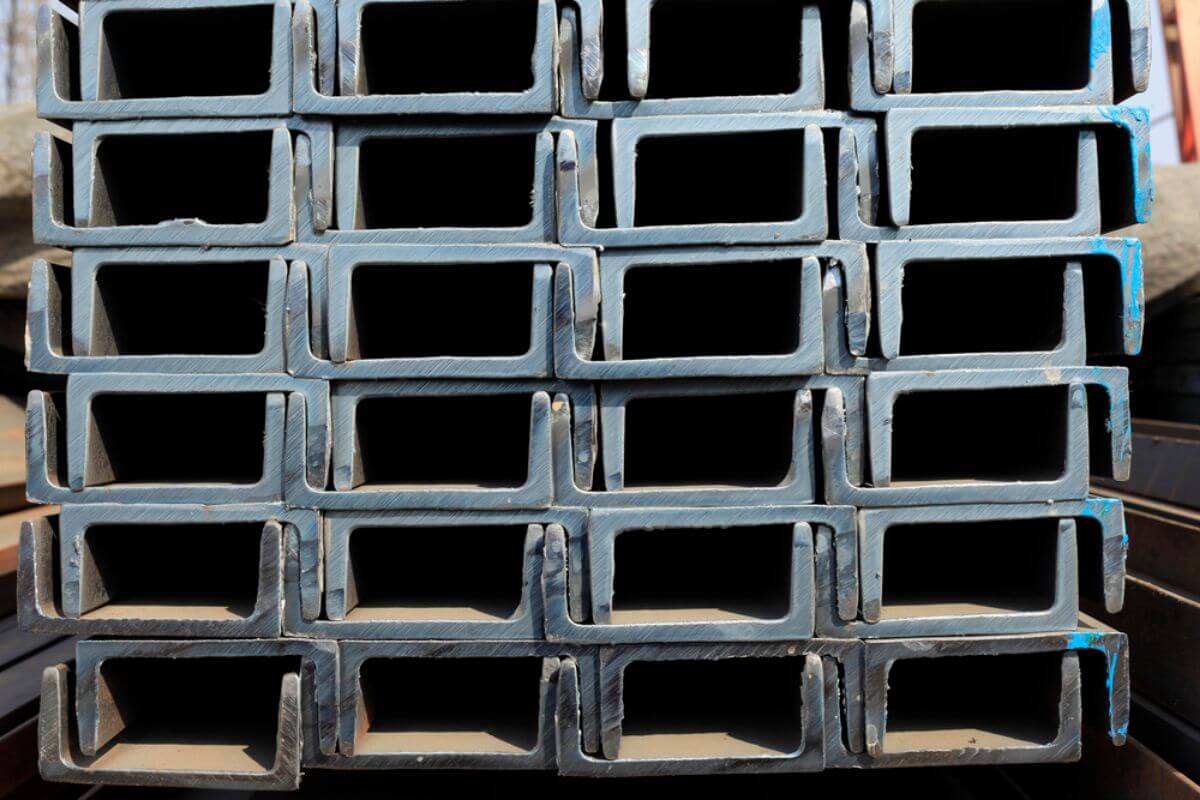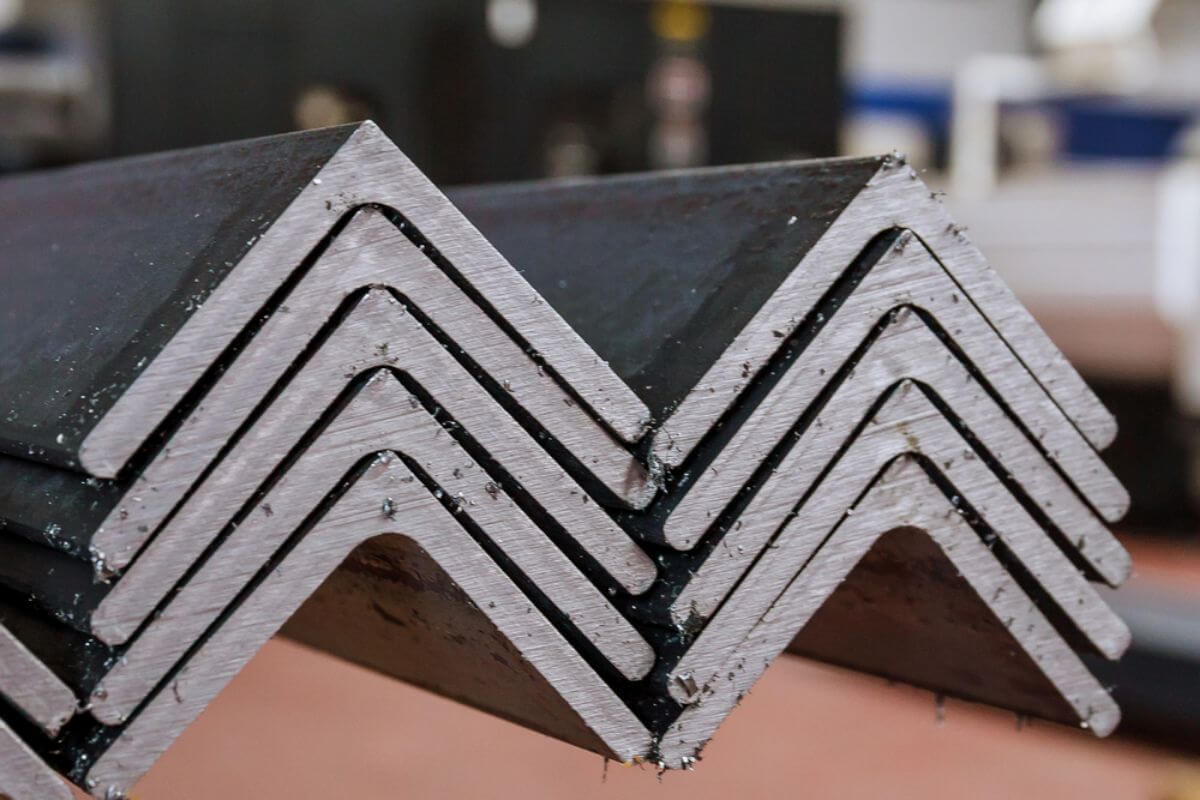Why should construction buildings in Davao start using conventional steel?
- It is an ideal material for sturdy, reliable structures
- It reduces the risk of damage during a disaster
- It can absorb and dissipate energy from seismic forces
- It has a high strength-to-weight ratio that provides necessary structural support without being too heavy
- It is a cost-effective solution for earthquake-resistant construction projects
As one of the fastest-growing cities in the Philippines, Davao has seen a surge in construction activities in recent years. While this development is a sign of progress and prosperity, it also underscores the need for safe and earthquake-resistant building structures. With earthquakes being a common occurrence in the country, it’s critical for the construction industry to prioritize using materials that can withstand the forces of earthquakes and similar natural disasters.
One way to achieve this is by using conventional steel in Davao buildings. In this article, we’ll discuss how. Keep reading to learn more.
It is an Ideal Material for Sturdy, Reliable Structures

The most important thing that skilled construction workers should do when constructing a building in Davao is to focus on the building’s foundation. They should keep an eye on the top of the structure, as most of a building’s weight is concentrated on the roof, which is a mistake. Instead, they should pick a lightweight material for the roof.
Steel is the perfect material for rooftops because it is incredibly lightweight compared to concrete. Steel components come in various shapes and sizes, such as angles, plates, and beams, which are all equally lightweight and durable.
It Reduces the Risk of Damage During a Disaster
As mentioned, compared to other construction materials, steel is the most lightweight and durable, a unique combination that maintains the strength and longevity of a building. This characteristic means that there is less weight for the structure to bear and less force that could damage the building during an earthquake.
Therefore, steel offers a better earthquake response than more brittle materials. It can also bend and snap back, reducing the risk of progressive collapse during an earthquake. Although severe deformities may occur during earthquakes, the ensured safety of occupants is still greater than in other types of buildings.
It Can Absorb and Dissipate Energy from Seismic Forces
Various industries that rely heavily on conventional steel as their primary construction materials are aware of its exceptional versatility and resilience against natural disasters, particularly earthquakes. It can effortlessly absorb and dissipate energy, which is one of the reasons why it’s so effective in protecting buildings during a disaster.
For instance, an earthquake can cause the ground to shake and send waves of energy through the building’s structure. This can cause extreme damage to the building, potentially leading to collapse. However, steel is uniquely capable of withstanding this force, preventing it from accumulating and causing catastrophic damage to the building’s surroundings.
It Has a High Strength-To-Weight Ratio that Provides Necessary Structural Support without Being Too Heavy

Due to steel’s high strength-to-weight ratio, it is highly popular as a construction material in Davao. This ratio refers to the amount of weight that a material can support for a given amount of strength. In the case of steel, it is incredibly strong relative to its weight. This means that steel can provide the necessary structural support for buildings and other structures without being too heavy.
For example, it is about six times lighter than other materials like concrete, yet it is strong or even stronger. This characteristic is particularly important for tall buildings and bridges where the weight of the structure must be supported without putting undue stress on the building’s foundation.
It is a Cost-Effective Solution for Earthquake-Resistant Construction Projects
Constructing a building that can be resistant to earthquakes can be a difficult task for contractors, especially since they can’t measure the unpredictable forces that act upon the building during an earthquake. Not to mention it could cost them a lot of money before they could build a sturdy and reliable building.
Fortunately, steel is a cost-effective solution to this problem. Its sturdiness, uniformity, and lightweight nature can provide the necessary structural support without adding an excessive amount of weight to the building. Additionally, let’s not forget that it’s known for being a long-lasting material, which ultimately prevents you from spending money caused by repairs or replacements.
Key Takeaway
Since the occurrence of natural disasters is truly unpredictable, it’s time to focus on constructing a building that is not only visually appealing but also equipped to withstand abrupt forces at any time.
Are you looking for a supply of conventional steel in Davao? Regan Industrial Sales, Inc. is here! We stock a list of steel products that cater to your project needs in Davao. Don’t hesitate to contact RISI here. You may also read our past blogs to know more about RISI steel products and our after-sale services.







